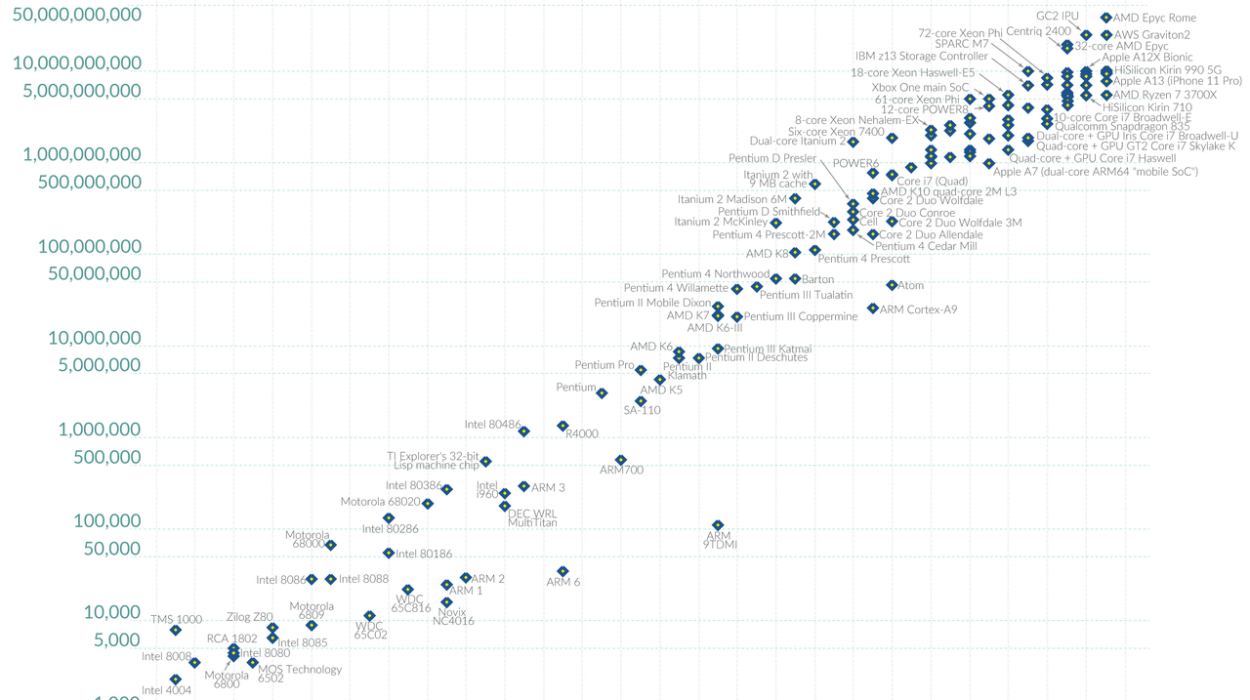Mobile app development has transformed the way people interact with technology, redefining communication, business, entertainment, and education. In a world where billions of users rely on smartphones daily, mobile applications have become essential tools that connect users and services seamlessly. The process of developing these applications is complex and dynamic, requiring a balance between creativity, technical expertise, and user-centered design. Understanding the best practices and frameworks in mobile app development is critical for developers, designers, and businesses aiming to create reliable, scalable, and engaging mobile experiences.
At its core, mobile app development involves creating software applications that run on mobile devices such as smartphones and tablets. These applications may be pre-installed on the device, downloaded from digital distribution platforms like Google Play or Apple’s App Store, or accessed via a mobile web browser. The development process typically involves several stages—conceptualization, design, coding, testing, deployment, and maintenance. Each stage demands attention to quality, performance, and user experience to ensure success in a highly competitive marketplace.
The Evolution of Mobile App Development
The history of mobile app development is closely tied to the evolution of mobile devices themselves. Early mobile phones in the 1990s featured simple built-in applications such as calculators, calendars, and basic games like Snake. As mobile technology advanced, operating systems like Symbian, Palm OS, and BlackBerry OS introduced the concept of third-party applications. However, the true revolution began with the launch of Apple’s iPhone in 2007 and the subsequent release of the App Store in 2008, followed by Google’s Android platform. These developments democratized mobile app creation and distribution, enabling developers to reach global audiences.
Over the past decade, mobile app development has shifted from basic utility apps to complex, multi-functional platforms. Modern applications integrate cloud computing, artificial intelligence, augmented reality, and Internet of Things (IoT) technologies. They also interact with backend services, APIs, and databases to deliver dynamic and personalized user experiences. The growing diversity of devices, including wearables, foldable screens, and smart home systems, continues to expand the scope of mobile app development, making it one of the most rapidly evolving fields in technology.
Understanding Mobile App Development Platforms
The mobile ecosystem is primarily dominated by two operating systems: Android and iOS. Each has its own development environment, programming languages, and design guidelines.
Android, developed by Google, is an open-source platform that powers the majority of smartphones worldwide. It uses Java and Kotlin as its main programming languages, with development supported by Android Studio, an integrated development environment (IDE). Android’s open nature allows developers greater flexibility in customizing applications, but it also introduces challenges related to device fragmentation, as apps must perform consistently across numerous devices and screen sizes.
iOS, developed by Apple, powers the iPhone, iPad, and other Apple devices. Applications for iOS are primarily written in Swift or Objective-C using Xcode, Apple’s official IDE. The iOS platform is known for its consistency, security, and strict app review process, which ensures high-quality standards. However, it offers less freedom for customization compared to Android.
Developers must decide whether to build applications natively for each platform, use cross-platform tools to share code across systems, or develop progressive web apps (PWAs) that function through web browsers. Each approach has unique advantages and trade-offs depending on factors such as performance, budget, and time-to-market.
Native Mobile App Development
Native app development refers to building applications specifically for a single platform—Android or iOS—using the platform’s native programming languages and tools. This approach delivers the best performance, access to all device features, and seamless integration with the operating system’s user interface components.
For Android, native development typically uses Kotlin or Java, while iOS apps are written in Swift or Objective-C. Native apps are compiled into machine code optimized for each platform, providing fast execution and responsiveness. They also have direct access to device hardware such as cameras, GPS, sensors, and storage, enabling developers to create highly optimized user experiences.
However, the major drawback of native development is the need to build and maintain separate codebases for different platforms. This increases development costs, complexity, and time, especially for teams targeting both Android and iOS users. Despite these challenges, native development remains the best option for applications that require high performance, complex animations, or deep integration with device-specific capabilities.
Cross-Platform Mobile App Development
Cross-platform development aims to overcome the limitations of native development by allowing developers to use a single codebase to create applications for multiple platforms. This approach significantly reduces development time and cost while ensuring consistent functionality and design across devices.
Frameworks such as Flutter, React Native, and Xamarin have revolutionized cross-platform app development. Flutter, developed by Google, uses the Dart programming language and provides a rich set of customizable widgets that produce near-native performance. React Native, created by Meta (formerly Facebook), uses JavaScript and allows developers to build apps using a declarative UI paradigm similar to web development. Xamarin, backed by Microsoft, leverages C# and .NET, integrating closely with Visual Studio for robust enterprise-level applications.
While cross-platform tools accelerate development, they can introduce limitations in accessing native device features or matching the performance of pure native apps. Nonetheless, for most business and consumer applications, the trade-offs are acceptable, especially when speed, cost efficiency, and code reusability are priorities.
Progressive Web Apps (PWAs)
Progressive Web Apps represent a hybrid approach that combines the accessibility of web applications with the functionality of native apps. PWAs are built using standard web technologies—HTML, CSS, and JavaScript—but include features such as offline functionality, push notifications, and the ability to install the app directly from a browser.
PWAs are designed to work across all devices and operating systems, providing a consistent user experience without the need for app store distribution. They load quickly, consume less storage, and are easily updated since changes occur on the server side. However, they cannot fully replace native apps for scenarios requiring deep hardware integration or advanced performance optimization. Despite this, PWAs have become increasingly popular for e-commerce, news, and content-driven applications due to their simplicity and broad accessibility.
Best Practices in Mobile App Development
Developing a successful mobile application requires more than just technical expertise. It demands adherence to best practices that ensure quality, scalability, security, and user satisfaction. These best practices encompass every stage of the development lifecycle, from planning and design to testing and deployment.
A clear understanding of user needs is the foundation of effective mobile app development. Developers must identify the target audience, analyze user behavior, and define the core problem the app intends to solve. This stage typically involves market research, competitor analysis, and user persona creation. A well-defined value proposition helps guide design and development decisions, ensuring that every feature contributes to the overall user experience.
User interface (UI) and user experience (UX) design are crucial for engagement and retention. A successful app should be intuitive, visually appealing, and responsive. Designers must follow platform-specific design guidelines—Material Design for Android and Human Interface Guidelines for iOS—to maintain familiarity and consistency. Minimalism, accessibility, and clarity are essential principles that reduce cognitive load and make navigation effortless.
Performance optimization is another critical practice. Users expect apps to load quickly and operate smoothly. Developers must minimize resource usage, optimize images and assets, and implement efficient memory management. Techniques such as lazy loading, caching, and asynchronous data handling improve responsiveness and reduce battery consumption. Regular profiling and performance testing help identify and resolve bottlenecks before release.
Security must be integrated into every layer of the development process. Mobile applications handle sensitive user data, including personal information, payment details, and location data. Developers should follow encryption standards, use secure communication protocols like HTTPS, and avoid storing sensitive information in plaintext. Implementing proper authentication, authorization, and data validation mechanisms protects both users and developers from security breaches and data leaks.
Scalability and maintainability should be planned from the beginning. The app architecture should be modular, with clean separation between business logic, data handling, and user interface layers. This approach makes it easier to add new features, update functionality, and fix bugs without disrupting the entire system. Adopting modern design patterns such as Model-View-ViewModel (MVVM) or Redux architecture enhances code organization and reusability.
Testing is indispensable in mobile app development. Functional testing ensures that features work as intended, while usability testing verifies the intuitiveness of the interface. Performance, security, and compatibility testing ensure reliability across different devices and operating systems. Continuous integration and continuous deployment (CI/CD) pipelines streamline testing and release processes, allowing for faster iterations and more frequent updates.
Choosing the Right Framework
Selecting an appropriate framework can significantly impact the efficiency and success of a mobile app project. The decision depends on factors such as project requirements, target platforms, team expertise, and desired performance levels.
Flutter stands out for its fast rendering engine and expressive UI components. It allows developers to create high-performance apps with a native look and feel using a single codebase. Its hot reload feature accelerates development by enabling real-time updates without restarting the app. Flutter is ideal for startups and businesses seeking rapid development and cross-platform consistency.
React Native, powered by JavaScript, is widely adopted due to its vast ecosystem and support for native components. It allows integration with existing native code, making it suitable for hybrid applications. React Native’s community-driven nature ensures a constant flow of updates, libraries, and plugins, though its performance may occasionally lag behind Flutter in graphically intensive applications.
Xamarin offers a robust solution for enterprise developers familiar with Microsoft technologies. Its use of C# and .NET provides strong typing, performance optimization, and direct access to native APIs. Xamarin.Forms simplifies UI development, though its rendering performance may vary between platforms. It is particularly well-suited for applications that integrate with existing enterprise systems and backend infrastructure.
Other frameworks, such as Ionic and Apache Cordova, rely on web technologies to create hybrid applications. They are suitable for simpler applications and rapid prototypes, but they may struggle with performance-intensive tasks compared to native or Flutter-based solutions.
Integration with Backend Services
Modern mobile applications rarely operate in isolation. They rely on backend servers, databases, and cloud services to manage data, authentication, and communication. Integration with backend systems ensures dynamic content, user personalization, and real-time functionality.
APIs (Application Programming Interfaces) serve as the bridge between the frontend mobile app and the backend systems. RESTful APIs and GraphQL are commonly used to exchange data efficiently. Backend-as-a-Service (BaaS) platforms such as Firebase, AWS Amplify, and Supabase simplify backend development by offering ready-made components for authentication, storage, and analytics. These services enable developers to focus on frontend logic while leveraging powerful cloud infrastructure.
Scalability and security in backend integration are vital. Backend services must handle high traffic loads, maintain data integrity, and protect against unauthorized access. Implementing secure authentication mechanisms, such as OAuth 2.0 and JSON Web Tokens (JWT), ensures that only authorized users and applications can access protected resources. Data synchronization, caching strategies, and efficient network calls further enhance app performance and user experience.
Mobile App Testing and Quality Assurance
Testing is a continuous process that ensures reliability and user satisfaction. Mobile app testing encompasses multiple dimensions: functional testing verifies that the app behaves as expected, performance testing measures speed and resource usage, and security testing safeguards data and privacy. Compatibility testing checks that the app functions across different devices, screen sizes, and OS versions.
Automated testing frameworks such as Appium, Espresso, and XCTest facilitate regression testing and reduce manual workload. Continuous integration systems automatically run tests whenever code changes are made, identifying bugs early in development. Beta testing allows real users to interact with the app before public release, providing valuable feedback for refinement.
Monitoring and analytics post-launch are equally important. Tools like Firebase Analytics, Mixpanel, and AppDynamics track user behavior, crashes, and performance metrics, enabling developers to identify issues and improve future updates.
Emerging Trends in Mobile App Development
The field of mobile app development continues to evolve rapidly, shaped by emerging technologies and shifting user expectations. Artificial intelligence and machine learning are being integrated into apps for predictive analytics, voice recognition, and personalized recommendations. Augmented reality (AR) and virtual reality (VR) are creating immersive experiences in gaming, education, and retail.
The Internet of Things (IoT) connects mobile apps with smart devices, enabling remote control and automation. 5G technology enhances app capabilities with faster data speeds, reduced latency, and richer media experiences. Blockchain is gaining traction for secure transactions and identity management. Meanwhile, low-code and no-code platforms are empowering non-developers to build functional apps with minimal coding effort.
Sustainability and ethical considerations are also influencing app design. Developers are focusing on energy-efficient apps, data privacy, and accessibility to ensure inclusivity and responsible innovation.
The Future of Mobile App Development
The future of mobile app development lies in greater automation, intelligence, and connectivity. As technologies like AI, quantum computing, and edge computing mature, mobile applications will become more context-aware, adaptive, and integrated with the physical world. Cross-platform frameworks will continue to evolve, narrowing the performance gap with native apps and simplifying multi-device deployment.
The integration of mobile apps with wearables, vehicles, and home automation systems will create unified digital ecosystems. Security will remain a central concern, driving innovations in encryption and decentralized identity management. Furthermore, the rise of augmented and mixed reality will redefine user interaction, making mobile devices portals to new dimensions of digital experience.
Conclusion
Mobile app development is more than just programming—it is the art and science of creating experiences that fit seamlessly into users’ daily lives. By following best practices and leveraging the right frameworks, developers can build applications that are efficient, secure, and engaging. Whether developed natively, cross-platform, or as progressive web apps, successful mobile applications share a common foundation: clear purpose, excellent performance, and user-centered design.
As technology continues to advance, the boundaries of mobile app development will expand further. The next generation of mobile experiences will integrate intelligence, connectivity, and immersive interaction, transforming how humans and machines communicate. In this ever-evolving landscape, developers who master both foundational principles and emerging technologies will continue to shape the digital future.






